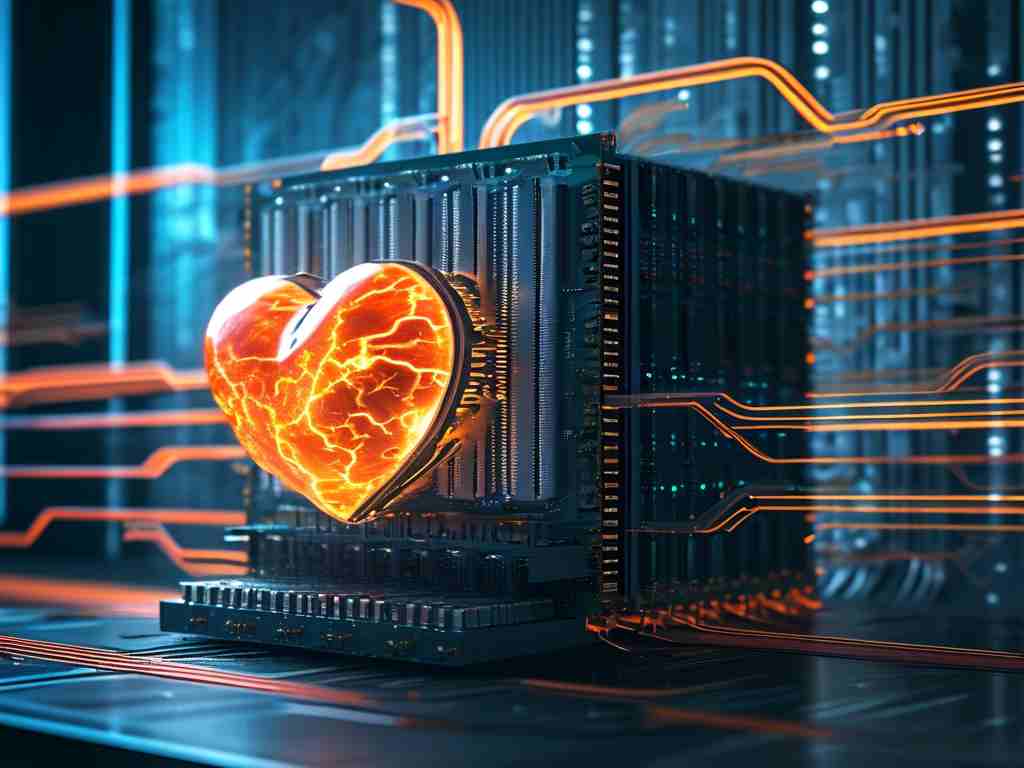Modern computer systems rely on a hierarchical structure of memory to optimize performance, cost, and efficiency. Memory classification is a foundational concept in computer architecture, enabling devices to store and retrieve data effectively. This article explores the types of memory in computer systems, their functions, and real-world applications.

1. Primary Memory (Main Memory)
Primary memory, also known as main memory, is directly accessible by the CPU and serves as the workspace for active processes. It is volatile, meaning it loses data when power is disconnected.
Types of Primary Memory:
-
RAM (Random Access Memory):
RAM is the most common form of primary memory. It includes two subtypes:- DRAM (Dynamic RAM): Uses capacitors to store data, requiring periodic refreshing. It is slower but cost-effective, making it ideal for main system memory.
- SRAM (Static RAM): Uses flip-flop circuits, offering faster access times but higher costs. SRAM is typically used for CPU caches.
-
ROM (Read-Only Memory):
ROM is non-volatile and stores firmware or permanent instructions. Variants include:- PROM (Programmable ROM): Custom-written during manufacturing.
- EPROM (Erasable PROM): Erasable via ultraviolet light.
- EEPROM (Electrically Erasable PROM): Modifiable electrically, used in BIOS/UEFI chips.
Function: Primary memory ensures rapid data access for the CPU, reducing latency during task execution.
2. Secondary Memory (Storage Memory)
Secondary memory provides non-volatile, long-term storage for data and programs. Unlike primary memory, it is not directly accessed by the CPU but through I/O channels.
Types of Secondary Memory:
- Magnetic Storage:
- Hard Disk Drives (HDD): Uses spinning platters and magnetic heads. Offers high capacity at low costs but slower speeds.
- Solid-State Storage:
- SSD (Solid-State Drive): Relies on NAND flash memory, providing faster read/write speeds and durability compared to HDDs.
- Optical Storage:
- CD/DVD/Blu-ray: Uses laser technology, ideal for archival purposes.
- Cloud Storage: Remote storage accessed via networks, enabling scalability and accessibility.
Function: Secondary memory retains data permanently and supports bulk storage needs.
3. Cache Memory
Cache memory acts as a high-speed buffer between the CPU and primary memory, storing frequently accessed data.
Levels of Cache:
- L1 Cache: Integrated into the CPU core, offering the fastest access (1-2 cycles) but limited capacity (32–64 KB).
- L2 Cache: Slightly larger (256 KB–2 MB) and shared across cores.
- L3 Cache: Shared globally across the CPU (4–32 MB), balancing speed and capacity.
Function: Cache memory reduces CPU idle time by minimizing data fetch delays.
4. Virtual Memory
Virtual memory expands usable memory by leveraging secondary storage. When RAM is full, inactive data is moved to a page file or swap space on the disk.
Function: Virtual memory enables multitasking and prevents system crashes due to memory exhaustion.
5. Specialized Memory Types
- Flash Memory: Used in USB drives and memory cards, blending non-volatility with moderate speed.
- Registers: Tiny, ultra-fast memory units within the CPU for holding instructions and operands.
- GPU Memory (VRAM): Dedicated memory for graphics processing, optimized for high bandwidth.
Applications of Memory Classification
- Personal Computing: Combines RAM for active tasks, SSDs for storage, and cache for CPU efficiency.
- Data Centers: Use tiered storage (HDD, SSD, NVMe) to balance speed and cost.
- Embedded Systems: Rely on ROM for firmware and limited RAM for real-time processing.
- AI/ML Workloads: Leverage high-bandwidth memory (HBM) for rapid data processing in GPUs.
Challenges and Future Trends
- Volatility vs. Persistence: Engineers strive to develop non-volatile memory (e.g., Intel Optane) that rivals RAM speeds.
- Energy Efficiency: Reducing power consumption in memory modules for mobile and IoT devices.
- Quantum Memory: Emerging research focuses on quantum bits (qubits) for revolutionary storage capabilities.
In , memory classification is pivotal to designing efficient computer systems. By understanding the roles of primary, secondary, cache, and virtual memory, developers can optimize hardware for specific use cases, from everyday computing to advanced AI applications. As technology evolves, innovations in memory architecture will continue to drive progress across industries.









